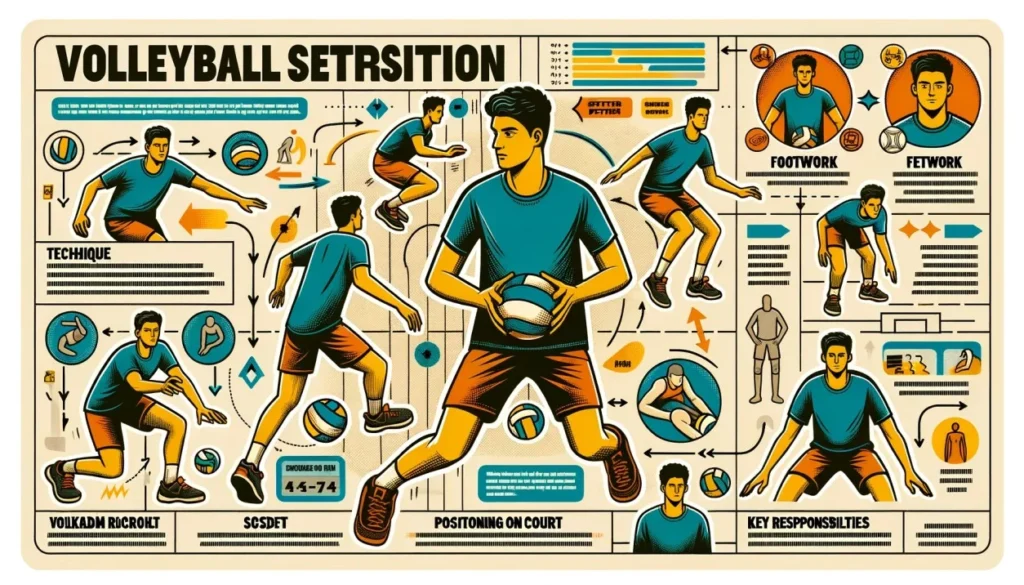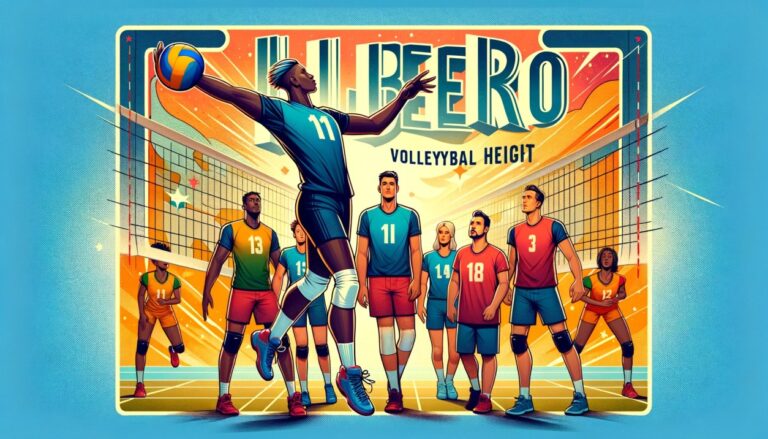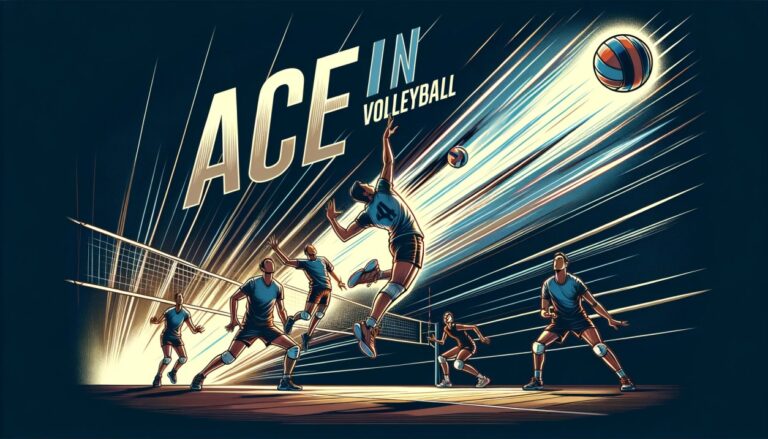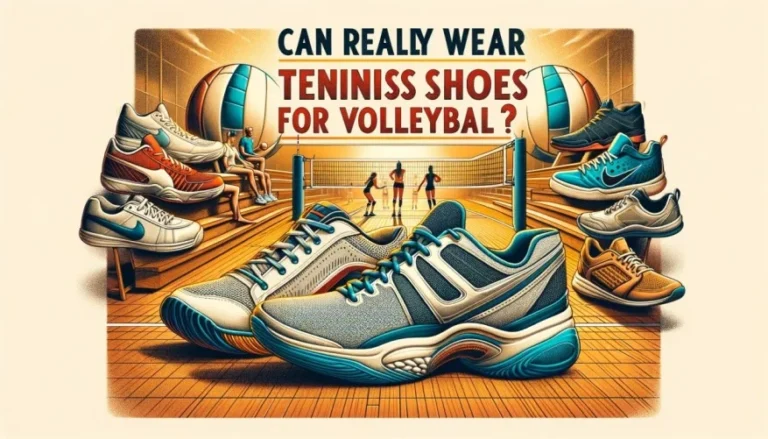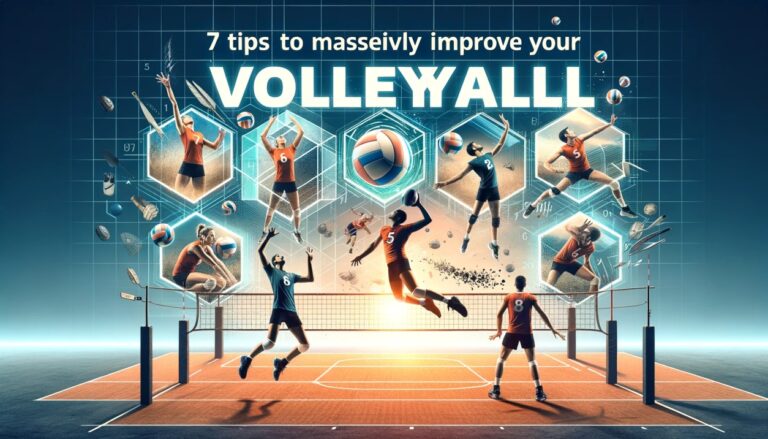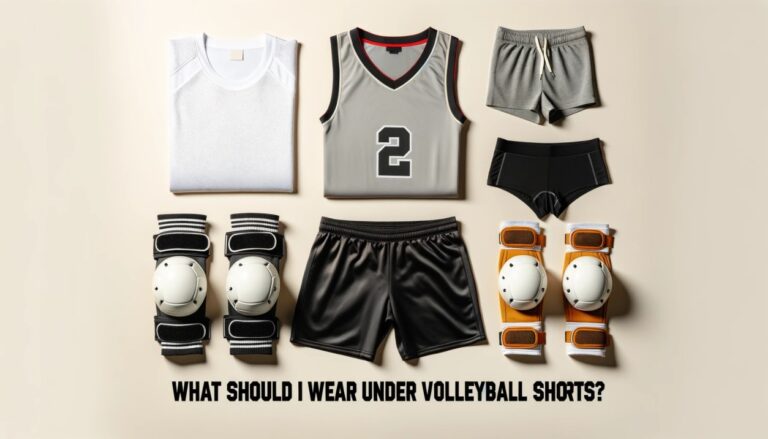Volleyball Setter Position: Everything You Know
Introduction of Volleyball Setter Position
Today we will discuss about the position of setter in volleyball. Setter is the backbone of the game and today we will discuss about the importance of setter in volleyball and his responsibility because each position in volleyball and player has different responsibility and if you are seeking for to join the volleyball as a setter then you are at a right place for taking right guidance. So, let’s start discussing about the major role of volleyball.
Brief description of volleyball setter position
Setters are the backbone of the game. They play very crucial role in the game because they decide the distribution of the ball at the right time. They provide defense of the ball. They know about the nature of every player of the team and according to their nature he set the players for their positions because every position has unique responsibility to other. So, it is the duty of setter to set the game.
The Role of a Setter in Volleyball
Brief History and Evolution of the Setter Position
- In the early days of volleyball, the setter position wasn’t as specialized as it is today.
- Over time, the role evolved into a more strategic and skillful position, becoming the “quarterback” of the volleyball team.
The Setter as the “Playmaker” of the Team
- The setter is often considered the playmaker because they control the game’s tempo and strategy.
- They decide who gets the ball and when, making them a crucial part of any offensive strategy.
Responsibilities of the Setter: Distributing the Ball, Setting Up Plays
- Distributing the ball to the right players at the right time.
- Setting up plays by understanding the strengths and weaknesses of their teammates.
- Serving as a secondary line of defense when needed.
Key Skills Every Setter Should Have
Hand Positioning and Technique
- Proper hand positioning is crucial for delivering accurate and effective sets.
- Techniques like “overhead passing” and “quick sets” are essential skills.
Court Awareness and Vision
- A good setter always knows where every player is on the court.
- This awareness allows them to make quick decisions that can outsmart the opposing team.
Communication Skills
- Effective communication with teammates is non-negotiable.
- From hand signals to verbal cues, a setter must be able to convey their intentions clearly.
Quick Decision-Making
- In a fast-paced game like volleyball, there’s no time for second-guessing.
- Quick and accurate decision-making can often be the difference between winning and losing a point.
The Physical and Mental Demands of Being a Setter
Stamina and Physical Fitness
- The setter is constantly moving, requiring a high level of stamina and physical fitness.
Mental Resilience and Focus
- The pressure is often on the setter to make the right play, requiring strong mental resilience.
The Importance of Adaptability
- No two games are the same; hence, a good setter must be adaptable to different game situations and strategies.
Advanced Techniques for Setters
Dump Shots and Trick Plays
- A dump shot is when the setter sends the ball over the net instead of setting it for a teammate. It’s a trick play that can catch the defense off guard.
How to Read the Opponent’s Defense
- Being able to read the opponent’s defense is crucial for a setter.
- Look for patterns or weaknesses in the opposing team’s formation to exploit.
Advanced Setting Techniques like Jump Setting
- Jump setting is an advanced technique where the setter jumps while setting the ball.
- This adds an element of unpredictability and can make it harder for the defense to read the play.
Training and Drills for Setters
Recommended Exercises for Hand-Eye Coordination
- Juggling or catching tennis balls can improve hand-eye coordination.
Drills for Improving Quick Decision-Making
- Practice drills that mimic game situations to improve your decision-making skills under pressure.
Importance of Practicing with Teammates
- Chemistry with teammates is crucial for a setter.
- Regular practice sessions can help improve this chemistry and make in-game communication more effective.
What Does A Setter Do In Volleyball?
Setters Don’t Usually Pass
- Contrary to popular belief, setters are not primarily responsible for passing the ball.
- Their main role is to set up the ball for attackers to spike.
Setters Are Responsible For Every Second Ball
- The setter is expected to take the second ball in a rally.
- They prepare the ball for the attacker, aiming to place it in the best possible position.
Does The Setter Always Get The Second Ball?
- While the setter is generally responsible for the second ball, there are exceptions.
- In cases of poor reception or defensive plays, another player may take the second ball.
Setters Design, Communicate, & Execute The Team’s Offense
- Setters are the strategists on the court.
- They decide which type of set to use and communicate this to the team.
Setters Also Have To Serve & Defend
- In addition to setting, they are also responsible for serving and defending.
- They must be versatile players to be effective on the court.
Setters Also Have To Block!
- Yes, setters are also expected to block at the net.
- This adds another layer of complexity to their role.
What Are The Strengths Of A Good Setter?
Great Setters Are Quick & Agile
- Speed and agility are crucial for reaching the ball in time.
- They must be able to move quickly across the court.
Great Setters See Things Most People Are Blind To
They Identify Favorable Matchups
- A great setter knows how to exploit weaknesses in the opposing team.
- They set the ball to attackers who have a favorable matchup.
They Identify Weak Defenders
- They can quickly identify and target weak defenders on the opposing team.
Great Setters Have Incredible Intuition
Top Setters Know When & When Not To Use The Setter Dump
- A setter dump is when the setter sends the ball over the net instead of setting it for an attacker.
- Good setters know the perfect moment to use this tactic.
Great Setters Are Usually Taller Than You Think
Tall Setters Add Depth To Offensive Strategies
- Height can be an advantage in blocking and attacking.
- It adds another dimension to the team’s offensive capabilities.
Great Setters Are Technically Sound
They Don’t Telegraph Their Sets
- Good setters can disguise their intentions, making it difficult for defenders to read their plays.
Great Setters Are Excellent Communicators
- Communication is key in volleyball, and setters are often the team’s vocal leaders.
Great Setters Are Incredible Leaders & Bring Out The Best Of Their Teammates
- They inspire confidence and elevate the play of those around them.
How To Be A Better Setter
1. Do More Repetitions Than Your Competition
Find A Highly Motivated Friend Practice makes perfect, and a motivated practice partner can make a huge difference.
2. Use The Right Equipment
Every Setter’s Best Friend: A Weighted Volleyball Practice Setting At Home Using A Setter Target Net. Using specialized equipment can accelerate your development.
3. Develop Setter Specific Upper Body Strength & Explosiveness
It’ll Improve Your Serving Ability Strength and explosiveness are key for powerful serves and quick movements.
4. Develop Volleyball IQ Through Study
- Understanding the game deeply will make you a more effective setter and leader on the court.
FAQs
What is the most important skill for a setter?
The most important skill for a setter is arguably their ability to make quick and accurate decisions.
How can a setter improve their game?
Consistent practice, especially under game-like conditions, and continual learning are key.
What are the different types of sets in volleyball?
There are several types of sets like the high ball set, outside set, and quick set, among others
How do setters communicate with hitters?”
Setters use both verbal cues and hand signals to communicate with hitters. The key is to establish a system that both the setter and hitters understand.
What is the setter position?
The setter position in volleyball is a specialized role responsible for setting up plays and distributing the ball to other players on the team. The setter acts as the “quarterback” of the team, making quick decisions to set the ball to the most advantageous hitter based on the situation.
Can a setter serve in volleyball?
Yes, a setter can serve in volleyball. In fact, serving is one of the six basic skills in volleyball that every player, including setters, should be proficient in. The rotation rules in volleyball also mean that every player will rotate to the serving position at some point during the game.
Can a setter be a captain?
Absolutely, a setter can be a captain. Due to their role as the playmaker and their need to communicate with all players on the court, setters often make excellent captains. Their leadership skills and game awareness make them natural choices for this role.
What do setters do?
Distributing the ball to hitters.
Setting up plays and strategies.
Making quick decisions based on the game situation.
Serving as a secondary line of defense.
Is it hard to be a setter in volleyball?
Being a setter in volleyball can be challenging due to the physical and mental demands of the role. Setters need to have excellent hand-eye coordination, quick decision-making skills, and a deep understanding of the game. However, it’s also one of the most rewarding positions, offering the chance to be a playmaker.
Can setters touch the first ball?
Yes, setters can touch the first ball, especially if the team is out of system or if the ball is coming directly to them. However, it’s generally more common for the libero or another defensive specialist to take the first ball, allowing the setter to prepare for the second touch to set up a play.
Is there 1 or 2 setters in volleyball?
The number of setters can vary depending on the team’s formation. In a 5-1 formation, there is one setter who stays in the game for all six rotations. In a 6-2 formation, there are two setters, and each plays only three rotations.
How do you become a good volleyball setter?
Becoming a good volleyball setter involves consistent practice, learning from experienced coaches, and continually improving your physical and mental skills. It’s also crucial to understand your teammates’ abilities and develop good chemistry with them.
What is a 3 in volleyball?
In volleyball, a “3” usually refers to a quick middle attack where the setter sets the ball close to the net and the middle hitter attacks it quickly. This play is designed to be fast, aiming to catch the defense off guard.
Conclusion
Today we had discussed about the importance and responsibility of the setter of volleyball
because setters are the main participant of the game if you want to achieve the
position of setter in volleyball then you should must know about the
responsibilities of setters because all game depend on the setter that how he
set the game. So should must know each and every thing about this position
because if you select for this position in the game then all game will be in
your hand.

